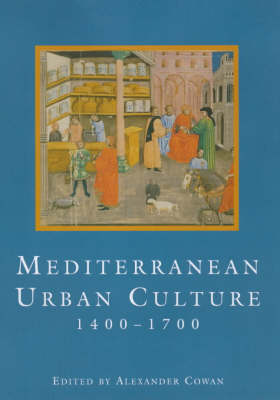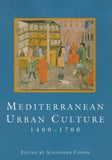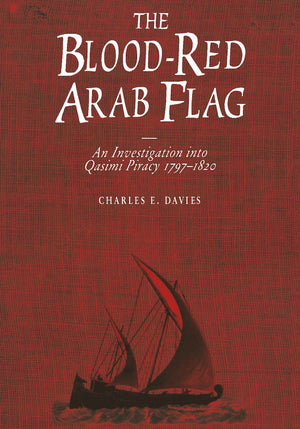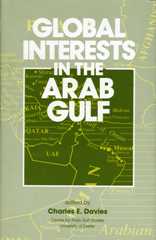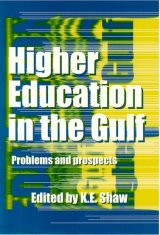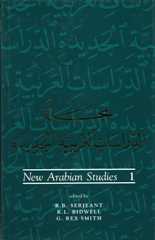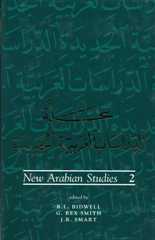University of Exeter Press
Mediterranean Urban Culture, 1400-1700
Couldn't load pickup availability
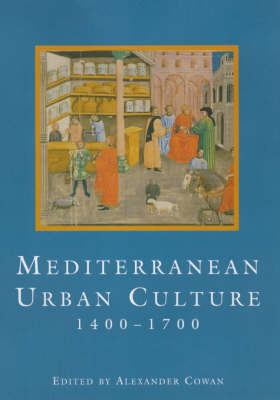
- 288 Pages
Was there a distinctive Mediterranean urban culture in the early modern period? In this collection, a team of international scholars from a wide range of disciplines use a variety of approaches - literary, art-historical, cultural, social and economic - to demonstrate both the range of collective urban experience in the Mediterranean and the complexity of the nature of urban culture at that time.
The book, after an Introduction by the editor, is divided into three sections: neighbours and neighbourhoods; religion, ethnicity and minority groups; culture, politics and society. The coherence of the collection sets up resonances and comparisons which confirm a considerable unity in the concept of Mediterranean urban culture in its broadest sense.
The book, after an Introduction, is divided into three sections: neighbours and neighbourhoods; religion, ethnicity and minority groups; culture, politics and society. The coherence of the collection sets up resonances and comparisons which confirm a considerable unity in the concept of Mediterranean urban culture in its broadest sense.
“… This is a useful collection of discrete essays in which almost everyone has something new to say which will be of interest to readers of this journal.” (Urban History, Vol. 28, No. 3, 2001) “. . . this collection is an eclectic assemblage of studies of various aspects of Mediterranean history, based on a number of urban centers – principally in the Italian peninsular, and predominantly Venice… This collection contains fascinating material and its authors address key issues in early modern social, . . . economic, . . . and religious history . . . as well as in cultural history traditionally defined.” (JEMH, Vol. 6, No. 4)
Contents:
Part 1 Neighbours and neighbourhoods: the myth of the Mediterranean city - perceptions of sociability, James Amelang; neighbourhoods and local loyalties in Renaissance Venice, Joseph Wheeler.
Part 2 Religion, ethnicity and minority groups: foreigners and the city - the case of the immigrant merchant, Alexander Cowan; the Jews and the city in the Mediterranean area, Donatella Calabi; the culture of the street - the Calle de la Feria in Cordoba, 1470-1520, John Edwards; between heresy and free thought, between the Mediterranean and the North - heterodox women in 17th century Venice, Federica Ambrosini.
Part 3 On the margins: the cities of Puglia in the 15th and 16th centuries - their economy and society, Eleni Sakellariou; economic conditions in Thessaloniki between the two Ottoman occupations, Alan Harvey; Venetian Modon and its port (1358-1500), Ruth Gertwagen. Part 4 Cultural representations: the port towns of the Levant in 16th-century travel literature, Benjamin Arbel; the cultural dynamics of representational space in Venetian Renaissance painting, Tom Nichols; "as much for its culture as for its aims" - the cultural relations of Venice and its dependant cities, 1400-1700, Nicholas Davidson.







